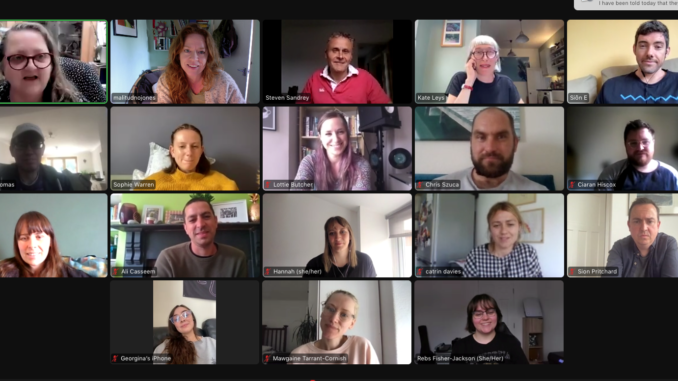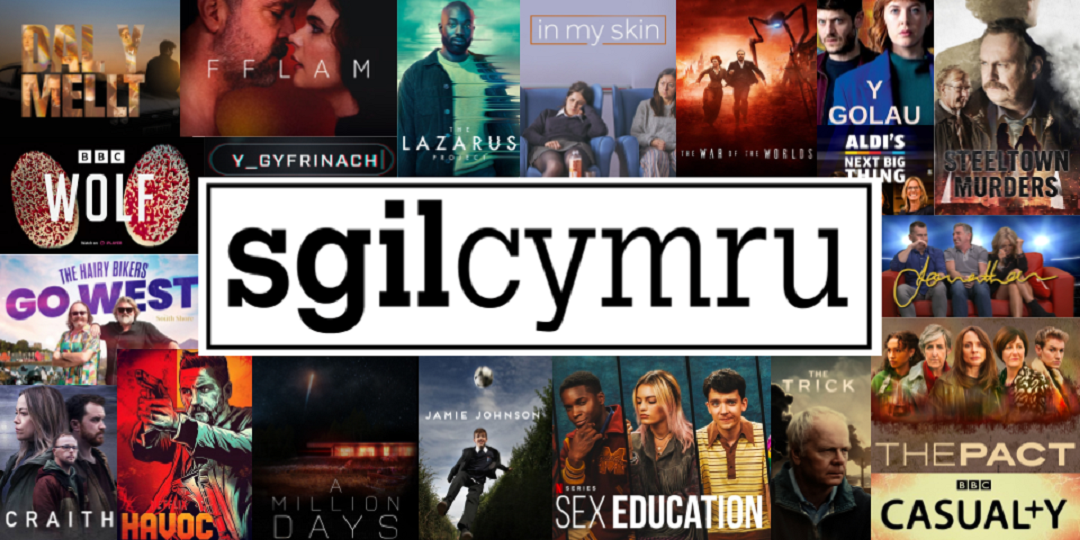
It’s been a couple of weeks since we all completed the online script editing course with Sgil Cymru, BBC Writersroom, Anna Seifert Speck and Kate Leys.
Our last session looked at TREATMENTS…urgh…something that seems to be universally disliked. Having said that, by the end of the session I understood far better why they were necessary and how in fact treatments can be a welcome guide, helping to advance and bolster any new idea.
Instead of treating it as an afterthought, a treatment requires the same rigour as writing the script itself. You need to spend time digging for the story until the treatment can carry it convincingly and with confidence. Treatments are difficult, they are exposing and that’s exactly why they need to be done.
A treatment is a working document; it’s for the writer, the producer or for those developing the idea to nail down the story…as well as using it to attract attention to your film. Despite many opinions, there is no formal definition of what a treatment is – everyone seems to do it differently. If you’re having to send a treatment to a company, it’s worth asking what is it they expect from your document, how long would they like it, what does it need to say?
But there is one rule: always tell the story.
A treatment needs to grab the reader’s attention so make it evocative – think of it as around the campfire short story. And the pacier it is, the better. And don’t be afraid of simplicity or bringing out the emotional life of the piece.
Treatments test the effectiveness and validity of the narrative, stimulating clarity and revealing weaknesses. They are fundamental to the process of making your idea the best it can be in order to successfully move on to the next step.
